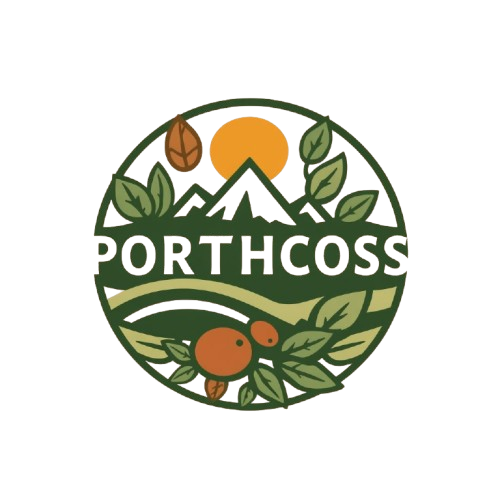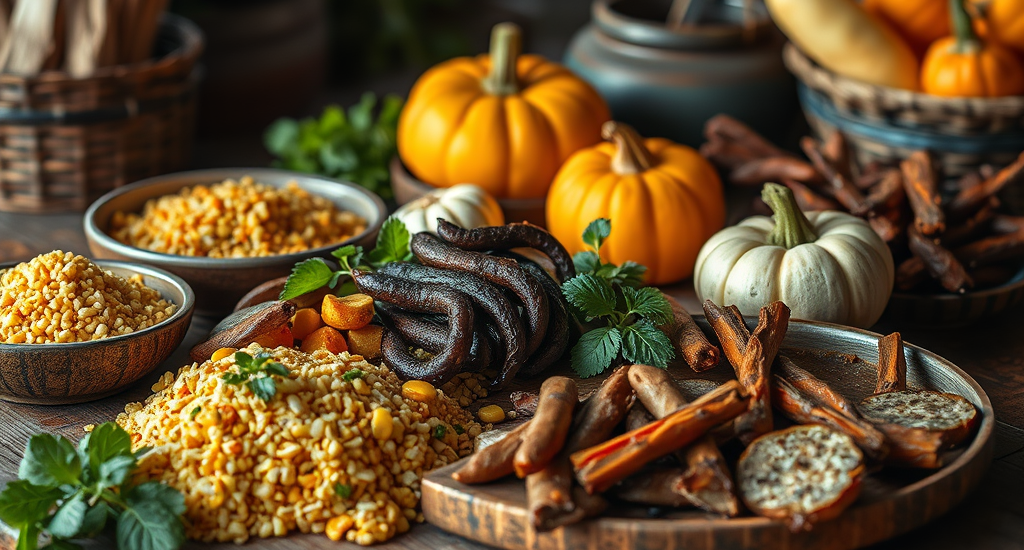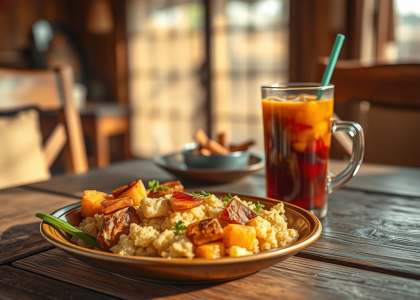Farmers’ markets serve as vibrant hubs for communities, offering a unique opportunity to connect with local producers and discover the rich tapestry of traditional foods. In Zimbabwe, these markets not only showcase seasonal fruits and vegetables but also celebrate local culinary traditions, including beloved traditional beers and unique beverages like maheu. This article highlights the seasonal offerings, traditional foods, and the cultural significance of local delicacies found in Zimbabwean farmers’ markets.
Seasonal Foods in Zimbabwe
1. Summer (November to February)
During the summer months, farmers’ markets burst with color and flavor. This season is characterized by:
- Maize: Freshly harvested maize is a staple, often ground into meal for sadza, a national dish.
- Pumpkins: Both the flesh and seeds are used in various dishes.
- Vegetables: Varieties such as tomatoes, green beans, and leafy greens like covo and rape are widely available, perfect for stews and salads.
2. Autumn (March to May)
As the weather cools, markets shift to showcase:
- Root Vegetables: Sweet potatoes, yams, and carrots become more prevalent.
- Legumes: Dried beans and lentils are harvested and often used in hearty dishes.
- Fruits: Citrus fruits like oranges and lemons add a refreshing touch to meals.
3. Winter (June to August)
Winter brings a unique selection of:
- Brassicas: Cabbage and broccoli thrive in cooler temperatures, making them popular choices for soups and stews.
- Nuts: Groundnuts (peanuts) are harvested and used in various traditional recipes.
- Dried Foods: With less fresh produce available, dried fruits and vegetables become staples, often incorporated into winter meals.
4. Spring (September to October)
Spring is a time of renewal, with markets offering:
- Herbs: Fresh herbs like coriander and parsley add flavor to dishes.
- New Vegetables: Young greens and spring onions emerge, perfect for salads and garnishes.
- Seasonal Berries: Strawberries and other berries may appear, adding sweetness to desserts.
Traditional Foods and Their Cultural Significance
Sadza
Sadza is the cornerstone of Zimbabwean cuisine, made from maize meal. It is often served as an accompaniment to various stews and is a symbol of sustenance and community.
Mopane Worms
A traditional delicacy, mopane worms are rich in protein and are often dried or cooked in a savory sauce. They represent the resourcefulness of local communities in utilizing available resources.
Biltong
This dried, cured meat is a popular snack and is often made from beef or game. Biltong has cultural roots and is a testament to traditional preservation methods.
Local Traditional Beers
Chibuku
Chibuku is a well-known traditional sorghum beer in Zimbabwe, often enjoyed during social gatherings. Its production involves fermenting sorghum and is deeply rooted in local culture, symbolizing hospitality and community.
Maheu
Maheu is a fermented, non-alcoholic beverage made from maize meal, often flavored with various ingredients such as:
- Baobab: Adds a tangy flavor and is rich in vitamin C.
- Peanut Butter: Creates a creamy texture and enhances nutritional value.
- Fruit Flavors: Variants like mango, banana, and strawberry are popular, making maheu a refreshing drink for all ages.
Farmers’ markets in Zimbabwe are more than just places to buy fresh produce; they are vibrant centers of culture, tradition, and community. By celebrating seasonal foods, traditional dishes, and local beverages like maheu and Chibuku, these markets play a crucial role in preserving Zimbabwean culinary heritage. Visiting a farmers’ market offers an enriching experience, allowing one to appreciate the flavors and stories behind the food that nourishes the nation. Whether you’re a local or a visitor, exploring these markets is a delightful journey into the heart of Zimbabwean culture.


